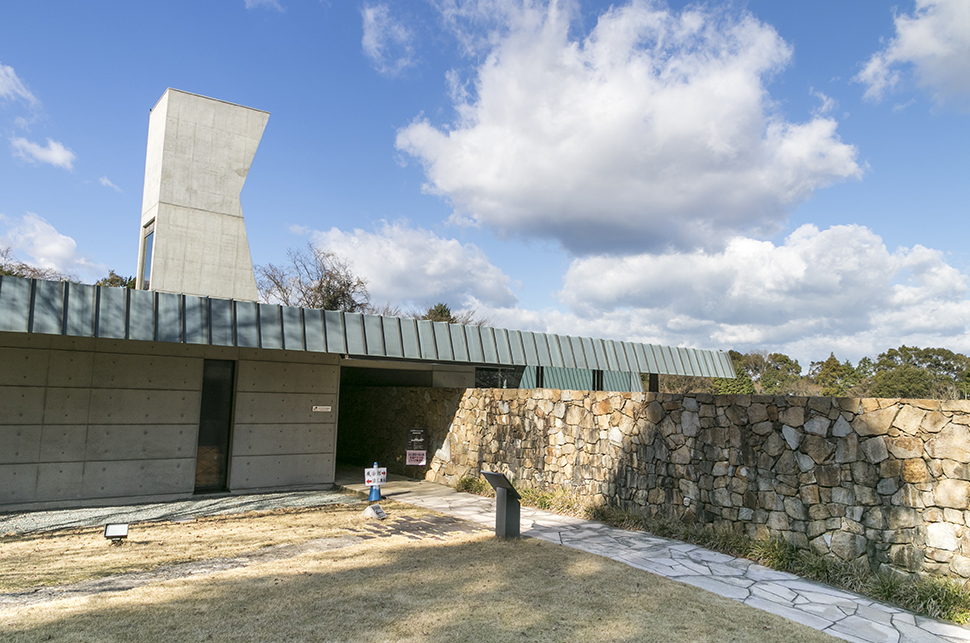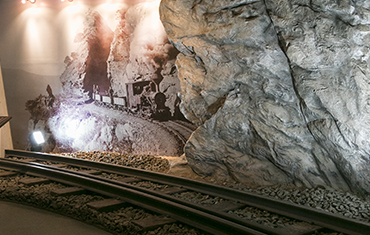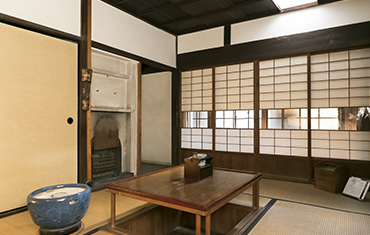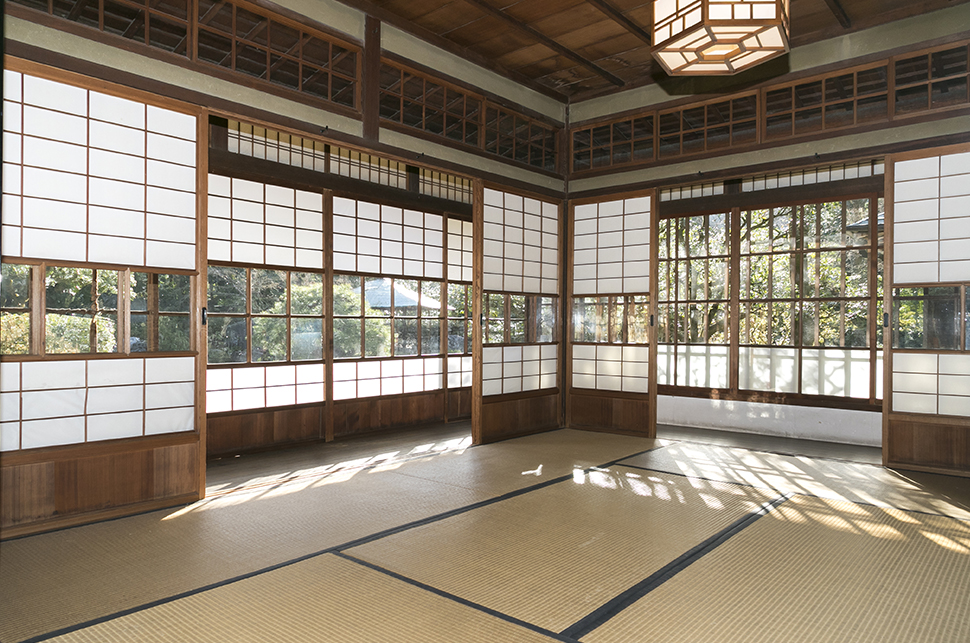During the tumultuous transition from the Edo to the Meiji period, Saihei Hirose protected the Besshi Copper Mine from requisition by the government and from sale due to financial difficulties at Sumitomo, while promoting the modernization and development of the mine. He also devoted himself to nurturing Japanese industry and contributed to the development of Japan. Following in the footsteps of Hirose, the museum traces the early years of Niihama and the industrialization of Japan.
Hirose was born in 1828 as the second son of a physician in Shiga Prefecture. He left home at the age of nine and eventually made his way to Besshi Copper Mine, where he devoted himself to the promotion of Japan’s industrialization, busily supporting management of the mine and modernizing mining, refining, and land transportation.
Hirose’s accomplishments include engaging the services of a foreign engineer, mechanization of work, the use of dynamite, and the introduction of Japan’s first mountain railway, innovations that dramatically increased the efficiency of mine operation. He also participated in the founding of the Osaka Chamber of Commercial Law and Osaka Shosen Kaisha (OSK Lines) shipping line.
The museum consists of two parts: an exhibition hall and a residence. The exhibition hall traces the accomplishments of Saihei Hirose using artifacts and videos. The former Hirose residence, which combined Hirose’s home and a guesthouse for visitors, has been designated an Important Cultural Property of Japan. The museum offers a multifaceted perspective on the changes leading up to the modernization of Japan.

 EN
EN










